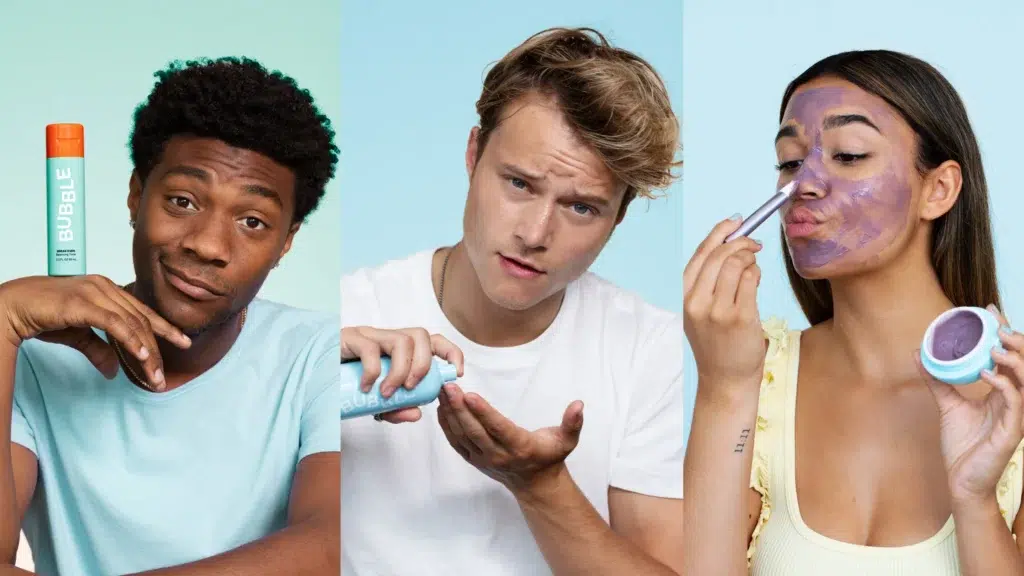Being a parent is the toughest job there is — shouldn’t you be rewarded?!...
Ambassador Marketing Blog
Become a Bubble Ambassador: Join a Community of Youthful Skincare Enthusiasts
Introduction There are thousands of skincare brands out there; but Bubble is special! Affordable,...
The Top 9 Brand Ambassador Traits for Successful Ambassador Marketing
If your brand has any competition — and who doesn’t? — then you’re likely vying...
Brand Ambassador Engagement: A Key to Marketing Success
If you’re reading this, you likely manage a brand ambassador program or are involved...
How to Craft Effective Content Briefs for Brand Ambassador Content
Introduction: What is Brand Ambassador Marketing? Brand ambassador marketing, or ambassador marketing, is a...
Influencer Marketing Tips for 2024
Love it or hate it, influencer marketing is here to stay — and influencers’...
Categories
Categories
Join some of the fastest growing brands
Build and scale successful ambassador, affiliate and influencer programs to thousands of participants overnight.





